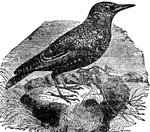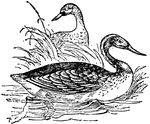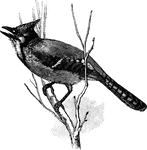Mudfish
The common name of several species of fishes. They are found in freshwater bodies, in the lakes and…

Night Hawk
A bird found extensively in North America, belonging to the family of goatsuckers. It is a value for…

Norsemen
A name applied to the inhabitants of the coast regions of Scandinavia and North Germany, who were noted…
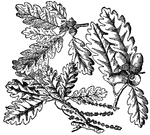
Oak
A genus of trees and shrubs widely distributed in the temperate zones of all the continents, but most…

Ocelot
A class of carnivorous mammals native to the warmer parts of America, and commonly called tiger-cat.

Swastika Design
"Derived from the Sanscrit word Svasti, which means good pretence. It dates bck three or four thousand…

Swastika Design
"Derived from the Sanscrit word Svasti, which means good pretence. It dates bck three or four thousand…
Swastika Design
"Derived from the Sanscrit word Svasti, which means good pretence. It dates bck three or four thousand…
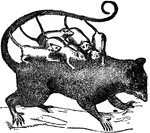
Opossum
A class of marsupial mammals native to America. They include a large number of species, ranging in size…
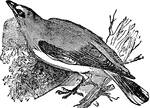
Oriole
A class of birds native to Eurasia, Africa, and the Indian Archipelago, though there are allied species…
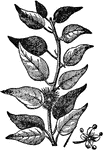
Osage Orange
A tree of the nettle family, so named from the Osage Mountains of Arkansas, where it is native, but…

Owl
A large group of birds of prey, including fully 150 species, about forty of which inhabit America. They…

Owl
A large group of birds of prey, including fully 150 species, about forty of which inhabit America. They…

Papaw
A tree native to tropical America, allied to the passion flower family, and now extensively cultivated…

Robert Peary
An American explorer who is usually credited as the first person, on April 6, 1909, to reach the geographic…

Peccary
A genus of animals allied to the swine, and found extensively in South America and the southern parts…

Petunia
A genus of plants of the nightshade family, which are native to the warmer parts of America. The leaves…

Phylloxera
A genus of lice classed with the aphidae, which feed as parasites on different kinds of plants. The…
Pike
A genus of fishes found in the freshwater bodies of America and Eurasia. Most species have a long body…
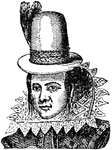
Pocahontas
Daughter of Powhatan, a distinguished Indian chief, born in 1595; died off Gravesend, England, in March,…

James Polk
The eleventh President of the United States, serving from March 4, 1845 to March 3, 1849. Polk was born…
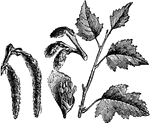
Poplar
A genus of deciduous trees, widely distributed in the north temperate zone, particularly in the temperate…

Porpoise
A sea mammal of the dolphin family, found extensively off the coasts of North America and Europe and…

Quassia
A genus in the family Simaroubaceae. Its size is disputed; some botanists treat it as consisting of…
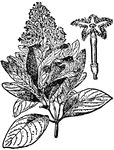
Cinchona
Cinchona is a genus of about 40 species in the family Rubiaceae, native to tropical South America. They…

Radish
A fleshy plant grown extensively as a garden vegetable. It is thought to be native to India, where it…

James Riley
A beloved American writer and poet called the "Hoosier poet" and America's "Children's Poet" made a…
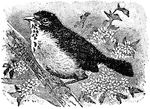
Robin Redbreast
The name applied to several species of birds of the warbler family, which are native to Europe. they…
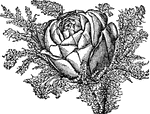
Rose
The common name of plants of the genus rosa. They have prickly stems and unequally pinnate leaves. About…
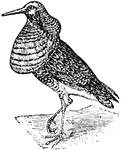
Ruff
A genus of wading birds allied to the sandpiper. They are found widely distributed in the northern parts…

Salmon
The common name of a class of food fishes belonging to the genus salmo. They are common to both salt…

Sanderling
A class of wading birds of the snipe family, which are widely diffused in the northern hemisphere. Birds…
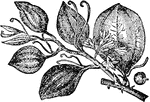
Sarsaparilla
The dried root or root-stalk of the smilax, a genus of shrubby climbing plants native to tropical America.
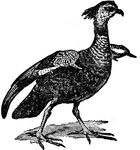
Screamer
A class of wading birds native to South America. In habits they resemble somewhat the duck, but do not…
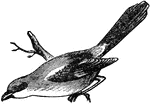
Shrike
A genus of birds of the insessorial family, and widely distributed in America, Eurasia, and other continents.…
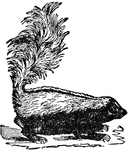
Skunk
A genus of quadrupeds of the weasel family, which are native to North America. They are about the size…
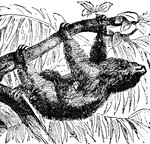
Sloth
A genus of mammals belonging to the bear family. They are native to Central and South America. These…
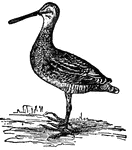
Snipe
A genus of wading birds. They are common to America and Eurasia, and mostly frequent the regions along…

Snow Bunting
A bird of the bunting family, widely distributed in America and Eurasia. It differs from the true buntings…

Alexander Stephens
The Vice President of the Confederate States of America during the American Civil War.
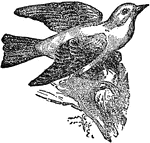
Tanager
A genus of birds belonging to the finch family. They are native to the warmer regions of America.
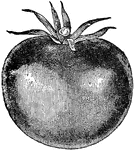
Tomato
A plant of the nightshade family, which is extensively cultivated for its edible fruit. The tomato is…

Toucan
A class of climbing birds native to tropical America. they are noted for their immense beak, which is…

Tuberose
An ornamental bulbous plant, native to tropical America and Asia, and cultivated in gardens for its…

Turkey
A large bird native to America, It was first brought to Europe when Hernando Cortez returned to Spain

Whitefish
The name commonly applied to several species of fishes of the salmon family. They are found mostly in…
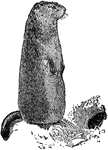
Woodchuck
An animal of the marmot family, which is native to the eastern part of North America, ranging from Alabama…

Wren
The common name of several kinds of small birds related to the warblers. Most species are native to…
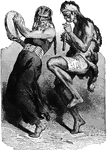
Patagonian Dancers
Patagonian dancers. Patagonia is that portion of South America which, to the east of the Andes, lies…
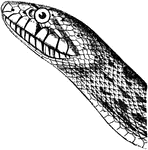
Pine Snake
A very large snake native to North America. It is known to reach lengths of up to twelve feet.

Orleans
This image shows Orleans in the fifteenth century. Orleans is a city and commune in north-central France.
